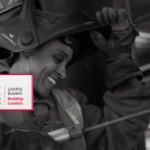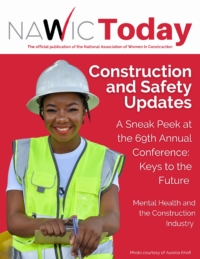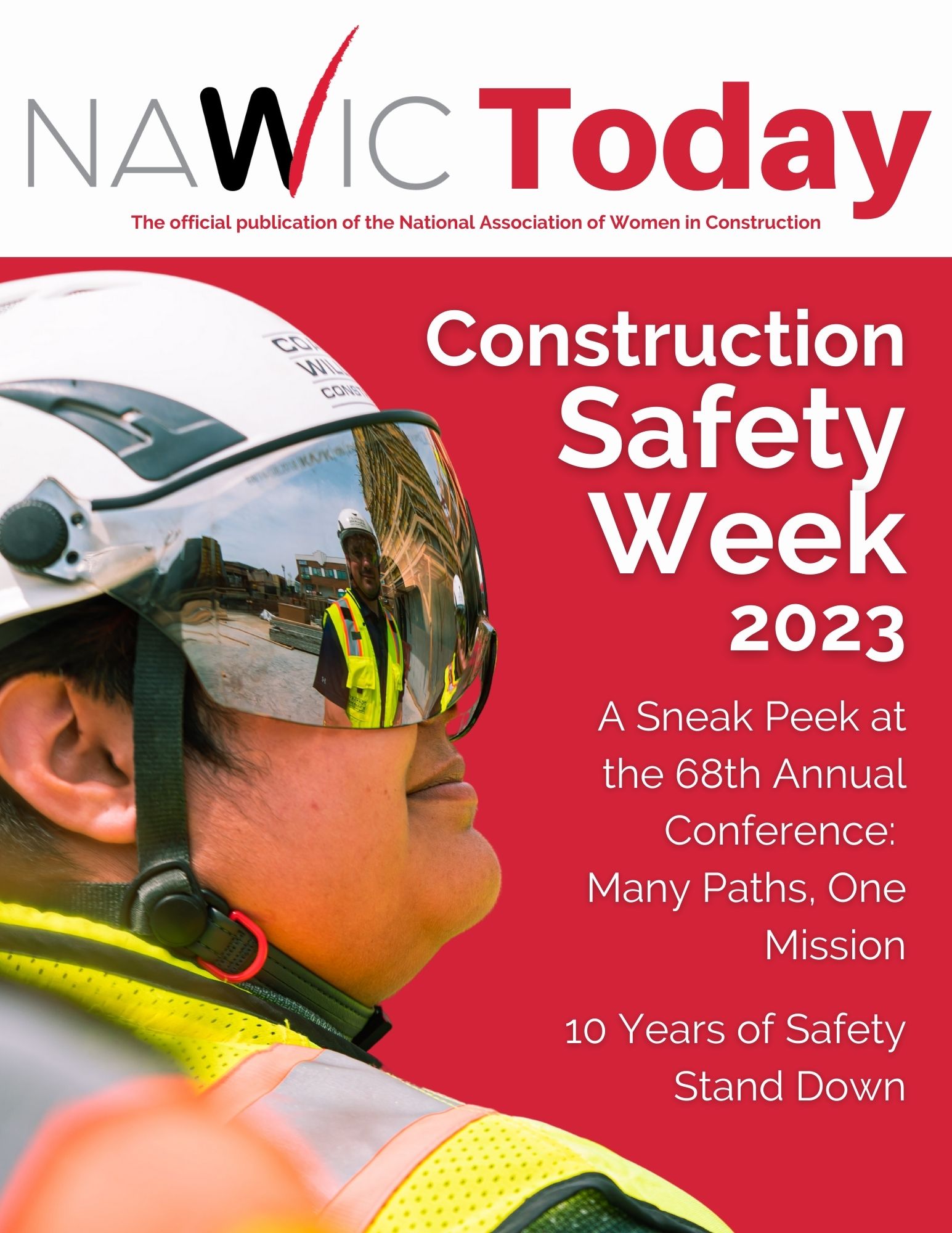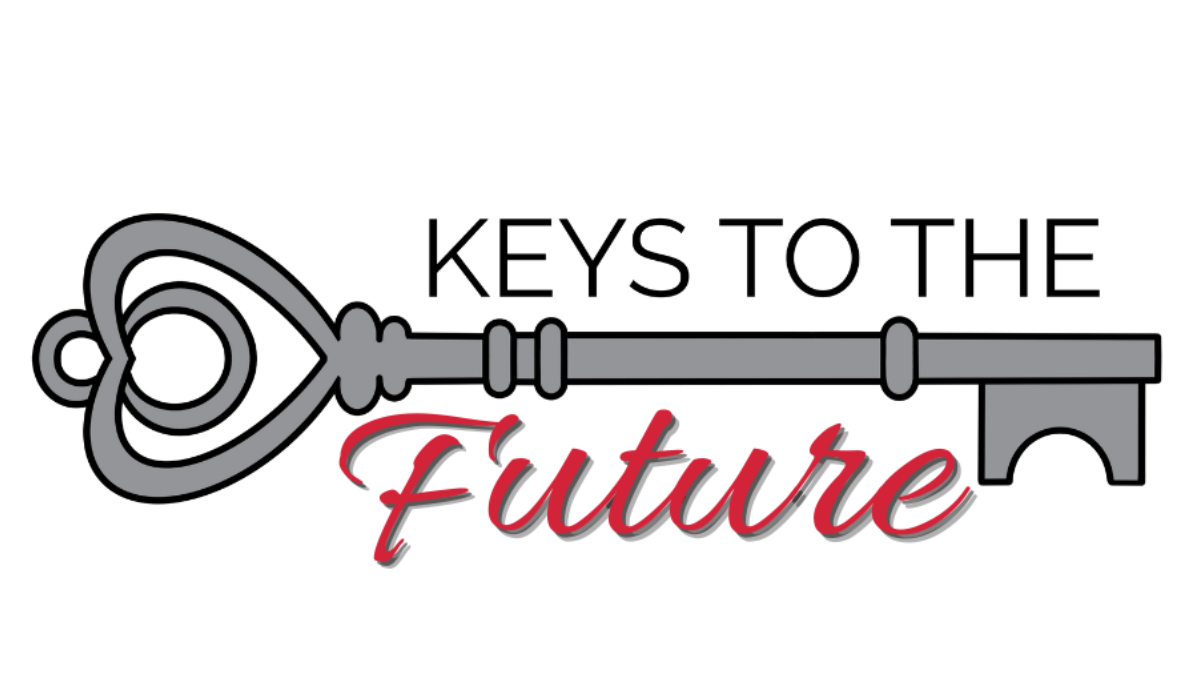To build gender equity in construction, hiring practices need to be reconsidered.

Although more women are choosing a career in construction, the industry remains male-dominated at approximately 88-89 percent according to several estimates. With a growing demand for construction and infrastructure workers and an aging workforce, hiring more women is often seen as a solution to grow the workforce. However, encouraging women to choose construction as a career will not singlehandedly build gender equity in construction. To truly be inclusive, overall hiring practices need to be reconsidered.
Words matter
Building gender equity in construction begins with recruitment. Some of the easiest changes to make a job description more inclusive are to simply add a diversity statement and avoid gendered terms like tradesman or the pronoun “he.”
Bias and stereotypes can often inadvertently creep into a job description, too. According to the Employers Council, examples of gender-coded language includes:
Male: competitive, aggressive, challenge, decisive, courage/courageous, dominate, champion, driven, fearless
Female: collaborative/collaborate, dependable, honest, loyal, interpersonal, enthusiastic/enthusiasm, committed, connect/connected, patient
By focusing on the responsibilities of the position rather than personal characteristics, all candidates can judge their qualifications by the skills required to be successful at the job.
One of the biggest complaints from women in construction is that men just assume instead of asking. During the hiring process, this can mean assuming women are not physically capable of doing a job in the field or lack the engineering knowledge necessary for a project. In an article from hiring technology firm, Team Engine, Maisha Christian, Owner & Head Coach of Beauty & the Boss, LLC, points out that, “So often decisions about people’s careers are made when they are not in the room. People may make assumptions about our physical strength, mental grit, availability to travel, or willingness to relocate without ever asking us. Those assumptions can undermine and hinder someone’s career in the short and long term.”
Barriers to employment
Gender equity can also be advanced by mitigating barriers to employment. Measures may include providing equitable pay rates, addressing childcare challenges, and providing family leave benefits. Of course, many of these policies benefit men in construction, too.
Have her back
Ensuring a safe working environment can make construction work a more appealing career choice for women, too. This includes providing PPE (personal protective equipment) that fits properly and having a comprehensive sexual harassment policy in place. Equitable training and apprenticeship programs ensure all workers have the same safety knowledge.
Networking and support
Companies have found success retaining women construction workers by providing opportunities for networking and support. For some, that includes an in-house women’s group. For others, it means membership in an organization like NAWIC and attending conferences. NAWIC members value belonging to a community that understands the challenges of being a woman in construction, as well as opportunities to develop skills to grow their career.
Towards gender equity in construction
NAWIC supports more than 5,500 members, working in the field or in the office and at all levels of experience. The organization provides networking, mentorship, leadership training, and construction education opportunities. There are more than 120 chapters across the US, and affiliates across the globe. Contact a chapter near you to learn more.





